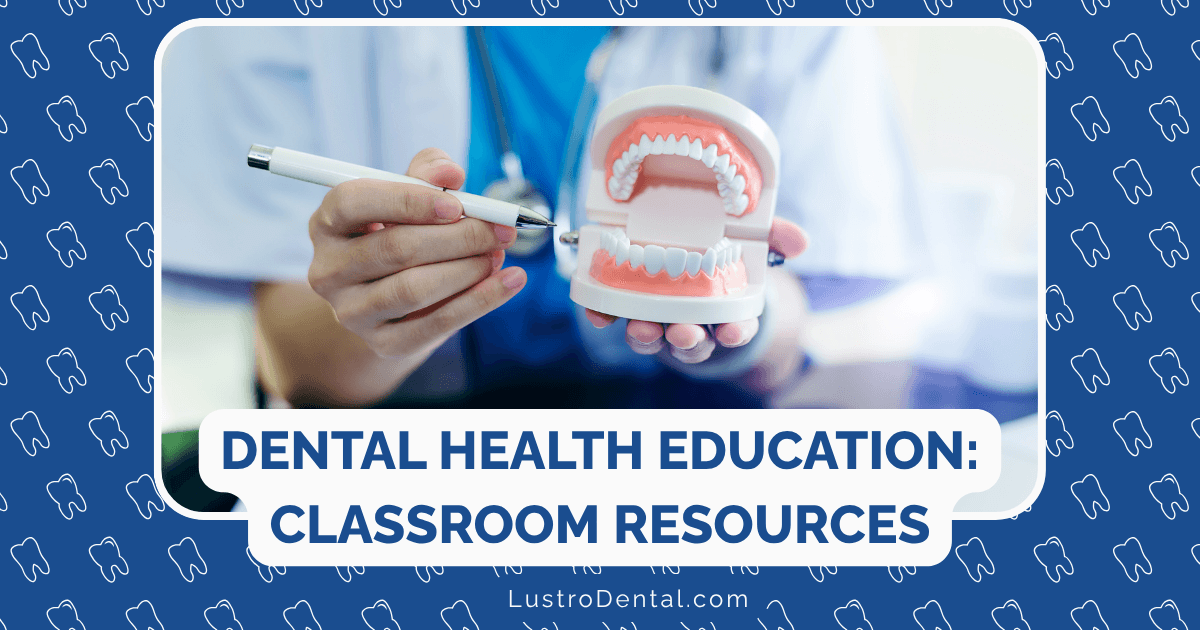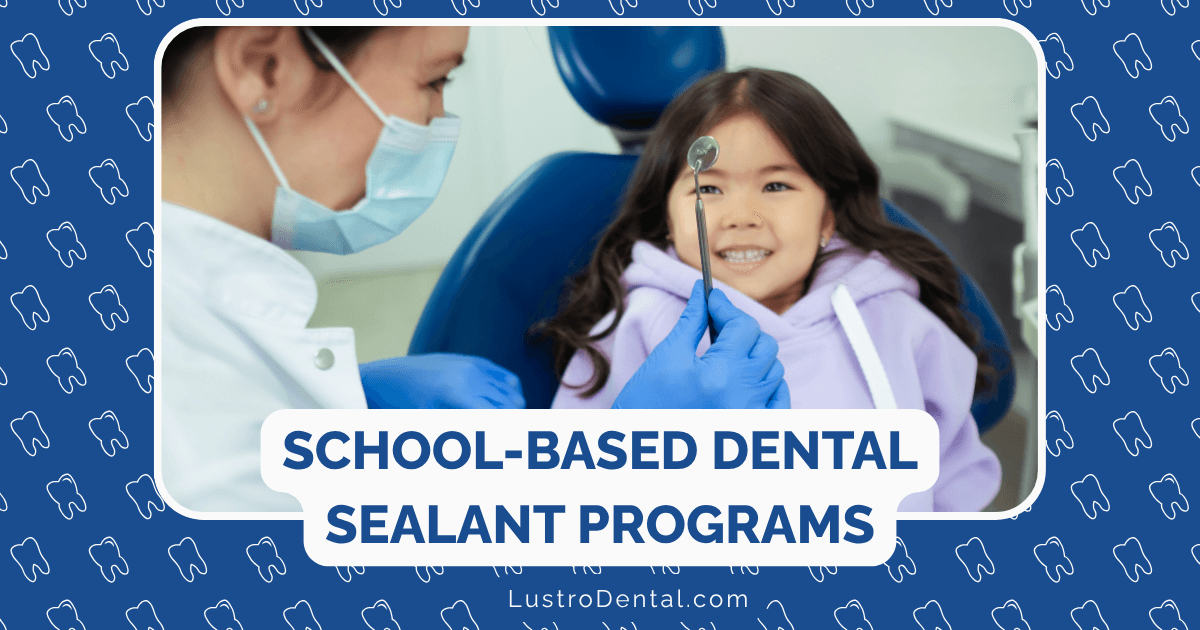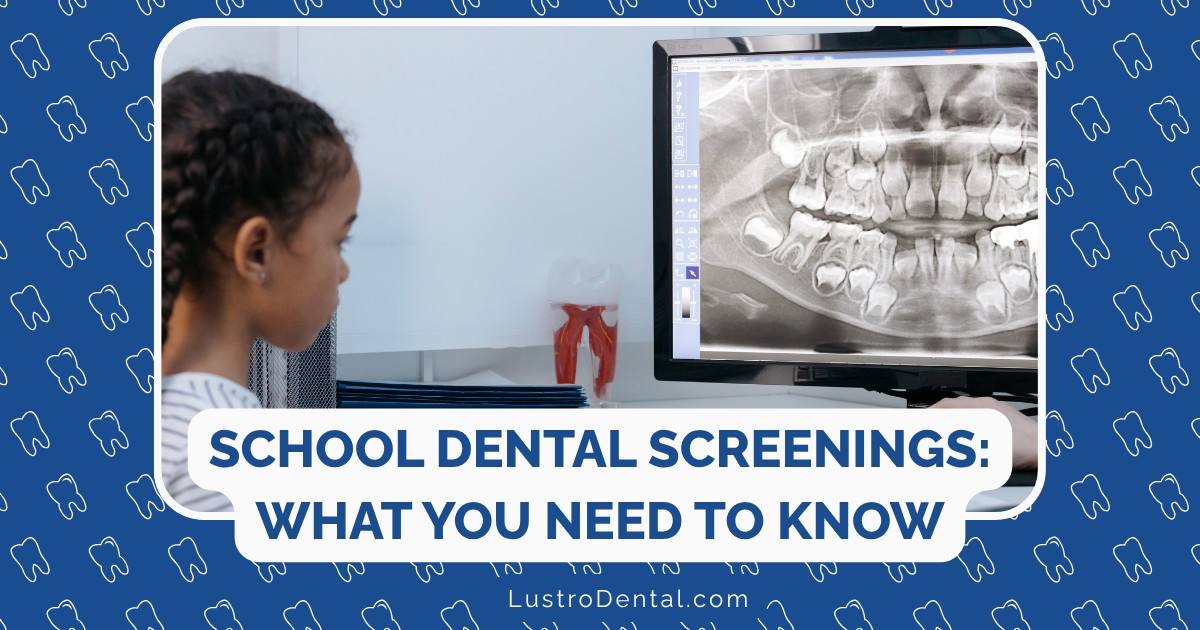From Crying to Smiling: How to Turn Dental Visits into Positive Experiences

The sound of a child crying in the dental office is all too familiar. As someone who’s passionate about dental health education, I’ve seen firsthand how early negative experiences can shape a child’s perception of dental care for years—sometimes even decades—to come. But I’ve also witnessed remarkable transformations when the right approaches are used to turn those tears into smiles.
Creating positive dental experiences isn’t just about preventing meltdowns—it’s about laying the foundation for a lifetime of good oral health habits and attitudes. Research from the National Institutes of Health shows that dental anxiety developed in childhood often persists into adulthood, affecting willingness to seek regular dental care throughout life.
The good news? With thoughtful preparation, the right environment, and effective techniques, we can transform dental visits from something feared into something embraced—or at least accepted without drama. Let’s explore practical strategies that parents, dental professionals, and children themselves can use to make dental visits positive experiences.
Understanding Dental Anxiety in Children
Before we can effectively address child’s dental anxiety, it helps to understand its common causes:
Fear of the Unknown
Children thrive on predictability and routine. The unfamiliar sights, sounds, and sensations of a dental office can trigger anxiety simply because they’re new and unpredictable.
Loss of Control
Being asked to lie back in a chair while someone works in their mouth puts children in a vulnerable position where they feel they have little control over what happens.
Anticipation of Pain
Even without prior negative experiences, children may have heard stories from peers or siblings, seen frightening portrayals in media, or simply made assumptions that dental visits will hurt.
Negative Past Experiences
For some children, anxiety stems from actual negative experiences, whether at the dentist or in other medical settings that they associate with dental care.
Dr. Sarah Johnson, a pediatric dentist at Children’s Dental Health Associates, explains: “Understanding the specific source of a child’s dental anxiety is the first step in addressing it effectively. Different fears require different approaches.”
Before the Visit: Setting the Stage for Success
The groundwork for a positive dental experience begins long before your child sits in the dental chair.
Start Early and Build Familiarity
The American Academy of Pediatric Dentistry recommends a child’s first dental visit by their first birthday or within six months after their first tooth appears. These early visits are typically short and simple, focusing more on introducing the child to the dental environment than on extensive treatment.
Dr. Michael Chen of Pediatric Dental Specialists notes: “When children begin dental visits before they develop fears, we have the opportunity to create positive associations from the start. Prevention is always easier than cure—for both dental problems and dental anxiety.”
Use Positive, Age-Appropriate Language
The words we use to describe dental visits significantly impact a child’s expectations. Consider:
Words to Avoid:
- “Shot” or “needle”
- “Drill” or “drilling”
- “Hurt” or “pain”
- “Pull” (in reference to extractions)
Positive Alternatives:
- “Sleepy juice” (for anesthetic)
- “Tooth counter” (for explorer)
- “Tooth shower” (for polisher)
- “Tooth camera” (for X-ray)
- “Wiggle out” (for extractions)
Read Books and Watch Videos About Dental Visits
Numerous children’s books and videos are specifically designed to prepare children for dental visits in a positive way. Some excellent options include:
- “Curious George Visits the Dentist” by H.A. Rey
- “The Berenstain Bears Visit the Dentist” by Stan and Jan Berenstain
- “Peppa Pig: Dentist Trip” by Scholastic
- “Show Me Your Smile!: A Visit to the Dentist” (Dora the Explorer)
These resources familiarize children with what happens during dental visits through characters they already know and trust.
Role-Play Dental Visits at Home
Play-based preparation can significantly reduce anxiety by making the unfamiliar familiar. Try:
- Taking turns being the dentist and patient
- Using a toothbrush to “count” stuffed animals’ teeth
- Setting up a pretend dental office with a reclining chair
- Practicing opening wide and counting to 10 (or singing the alphabet)
This playful approach helps children develop scripts for how to behave at the dentist while making the experience feel more predictable and less threatening.
Creating a Welcoming Environment
The physical environment of a dental office plays a crucial role in shaping children’s perceptions and comfort levels.
Child-Friendly Office Design
Pediatric dental offices are increasingly designed with children’s comfort in mind, featuring:
- Bright, cheerful colors and engaging décor
- Child-sized furniture in waiting areas
- Interactive play stations or games
- Ceiling-mounted TVs or decorations visible from the dental chair
- Thoughtfully chosen music or soundscapes
Friendly, Patient Staff
Beyond physical design, the human element is equally important:
- Staff who greet children by name and at eye level
- Team members trained in child development and behavior management
- Dental professionals who speak directly to children (not just to parents)
- A consistent team that builds familiarity over multiple visits
Sensory Considerations
For many children, especially those with sensory sensitivities, dental offices can be overwhelming. Progressive practices address this by offering:
- Noise-canceling headphones
- Weighted blankets
- Sunglasses to block bright lights
- Scheduled “quiet times” with reduced sensory stimulation
- Options to bring comfort items from home
Effective Techniques During the Visit
When it’s time for the actual dental work, several evidence-based approaches can help transform the experience.
The Tell-Show-Do Technique
This widely used approach breaks down dental procedures into three steps:
- Tell: Explain what will happen in simple, non-threatening language
- Show: Demonstrate the procedure, often on a model or stuffed animal
- Do: Perform the actual procedure as explained
This technique builds trust through predictability and gives children time to process what will happen before it occurs.
Distraction Strategies
Redirecting a child’s attention away from the dental procedure can significantly reduce anxiety:
- Visual distractions: Ceiling-mounted TVs, virtual reality goggles, or colorful posters
- Audio distractions: Music, stories, or guided imagery through headphones
- Interactive distractions: Squeezing a stress ball, wiggling toes, or playing simple games
Research published in the Journal of Dental Research indicates that effective distraction can reduce both perceived pain and anxiety during dental procedures.
Building in Control Mechanisms
Giving children appropriate control during dental visits can significantly reduce anxiety:
- Stop signals: Establishing a hand signal the child can use if they need a break
- Timers: Using visual timers so children know how long procedures will last
- Choices: Offering simple options when possible (“Do you want to rinse with blue or red flavor?”)
- Involvement: Allowing children to hold the suction tool or choose a reward
Dr. Lisa Williams of Bright Smiles Pediatric Dentistry explains: “When children feel they have some control in the dental environment, their anxiety decreases dramatically. Even small choices can make a big difference in their comfort level.”
Positive Reinforcement
Acknowledging and rewarding cooperative behavior reinforces positive associations with dental visits:
- Verbal praise: Specific feedback about what the child did well
- Token systems: Collecting stickers or stamps during the visit
- Tangible rewards: Small prizes or treasure box selections
- Digital badges: Some practices offer digital rewards or certificates
The key is to praise effort and cooperation rather than just “being brave” or “not crying,” which can inadvertently suggest that dental visits should be scary.
The Role of Parents and Caregivers
Parents play a crucial role in shaping children’s dental experiences, both positively and negatively.
Managing Your Own Anxiety
Children are remarkably perceptive to their parents’ emotions. If you have dental anxiety yourself:
- Avoid sharing negative dental stories or using dental visits as threats
- Be mindful of your language and body language before and during appointments
- Consider having your partner or another caregiver take your child if your anxiety is significant
- Work on addressing your own dental fears through adult-focused strategies
Supportive Presence
Research from the American Academy of Pediatric Dentistry shows mixed results regarding parental presence during dental procedures. While some children benefit from having a parent nearby, others may actually behave better when parents aren’t in the treatment room.
Most pediatric dentists now use flexible approaches:
- Allowing parents to be present but providing guidance on helpful versus unhelpful behaviors
- Suggesting parents sit near their child’s head where they can maintain eye contact
- Sometimes recommending that parents step out for specific procedures if their presence seems to increase anxiety
Consistent Positive Messaging
How you talk about dental visits at home significantly impacts your child’s perception:
- Frame dental visits as a normal, important part of growing up
- Emphasize the positive aspects (“The dentist helps keep your teeth strong and healthy”)
- Avoid using dental visits as threats (“If you don’t brush, you’ll have to go to the dentist”)
- Celebrate successful visits without excessive fanfare that might suggest they accomplished something extraordinary
Special Considerations for Different Ages
Effective approaches vary based on a child’s developmental stage.
Toddlers and Preschoolers (Ages 1-5)
For very young children:
- Keep explanations simple and concrete
- Use familiar characters and storytelling
- Emphasize sensory experiences (“The toothpaste tickles and tastes like bubble gum”)
- Allow security objects like blankets or stuffed animals
- Use more lap exams and less time in the dental chair
School-Age Children (Ages 6-12)
As children develop more understanding:
- Provide more detailed explanations of procedures
- Use analogies they can understand (“We’re washing away the sugar bugs”)
- Appeal to their growing independence (“Big kids take good care of their teeth”)
- Involve them in their dental care decisions when appropriate
- Use technology and games that appeal to their interests
Adolescents (Ages 13+)
For teens:
- Respect their autonomy and privacy concerns
- Connect dental health to appearance and social confidence
- Explain the “why” behind recommendations
- Address them directly rather than speaking through parents
- Acknowledge that dental anxiety is normal and not childish
When Standard Approaches Aren’t Enough
For some children with severe anxiety or special needs, additional strategies may be necessary.
Desensitization Visits
Some practices offer “happy visits” or desensitization appointments where children:
- Tour the office
- Meet the team
- Sit in the dental chair
- See and touch some instruments
- Receive a small reward
These visits build familiarity without any actual treatment, creating positive associations with the dental environment.
Pharmacological Approaches
In some cases, medication-based approaches may be appropriate:
- Nitrous oxide (laughing gas) for mild to moderate anxiety
- Oral conscious sedation for more significant anxiety or longer procedures
- General anesthesia for extensive work or children unable to cooperate due to age or special needs
These approaches should always be discussed thoroughly with parents and used as part of a comprehensive anxiety management plan, not as the sole solution.
Building Long-Term Positive Associations
The ultimate goal is not just to get through a single appointment but to foster a lifetime of positive dental attitudes.
Consistency and Predictability
Regular dental visits (typically every six months) help normalize the experience. Consistency in:
- Which provider they see
- The sequence of the appointment
- What happens in the treatment room
- Post-appointment routines
This predictability builds security and reduces anxiety over time.
Focus on Prevention
Preventive care means fewer invasive procedures, which naturally leads to more positive experiences:
- Regular cleanings and fluoride treatments
- Sealants to prevent cavities
- Thorough home care routines
- Healthy dietary habits
Dr. James Wilson notes: “The best dental visit is one where we just count, clean, and polish. By focusing on prevention, we can keep most visits simple and positive.”
The Transformation Journey
Remember that transforming dental experiences from negative to positive is often a journey, not an instant change. Small improvements with each visit add up to significant progress over time.
A child who screamed through their first visit but sat quietly (albeit nervously) during their second has made remarkable progress. Celebrate these incremental changes rather than expecting immediate comfort.
With patience, consistency, and thoughtful approaches, even children with significant dental anxiety can develop healthier attitudes toward dental care—a gift that will benefit them throughout their lives.
What strategies have worked best for your family in creating positive dental experiences? Share your success stories or questions in the comments below!







